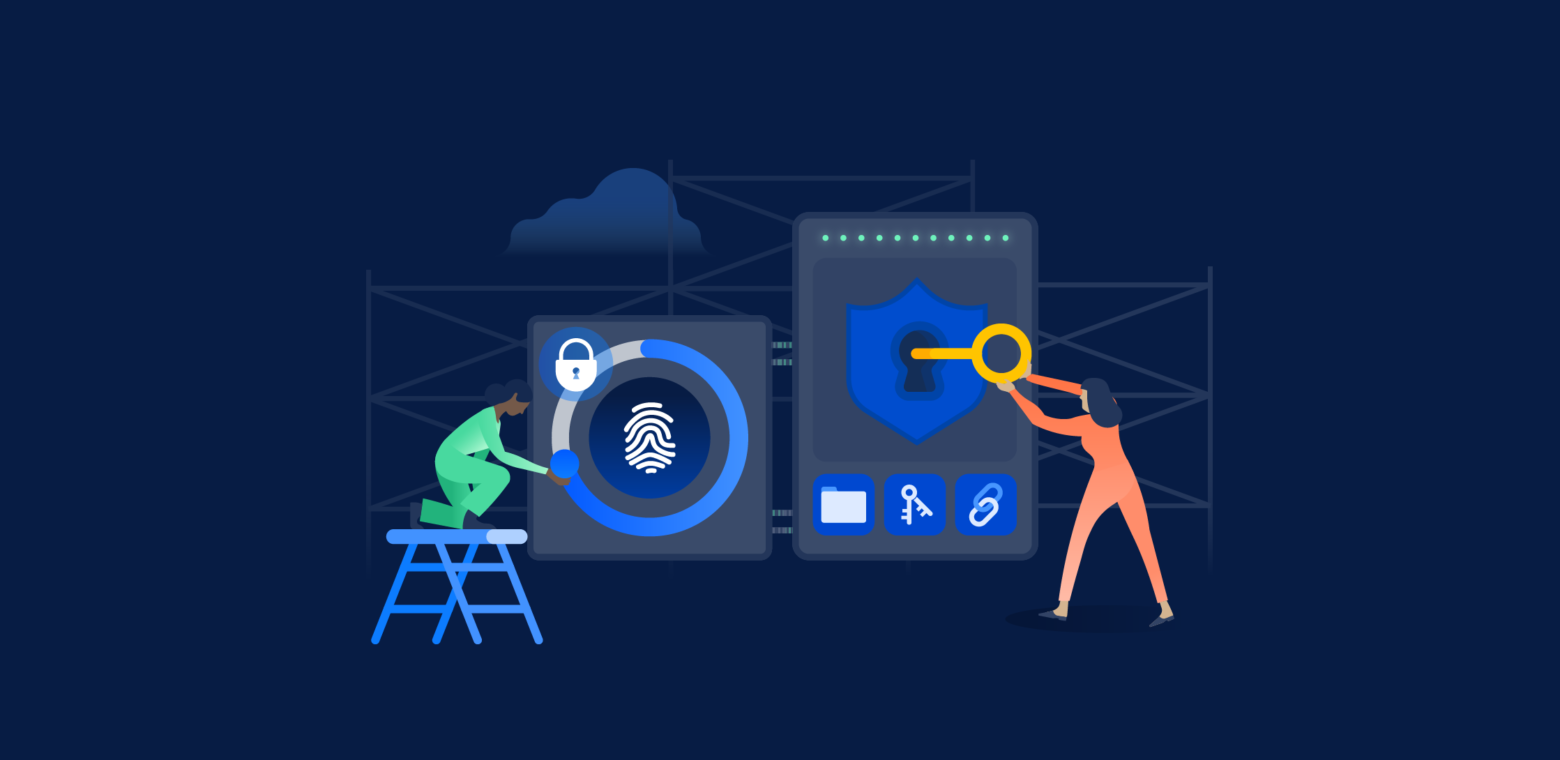Scale administration with the right identity management approach
At some point, admins may start to feel like their job is just managing a growing body of user accounts – but it doesn’t have to be that way.
Businesses manage people. That may sound like common sense, but it’s a detail that can get lost during digital transitions. As companies add more tools to enable work, employees have to juggle more accounts and logins to access those tools. At some point, IT administrators start to feel like their job is just managing a growing body of user accounts.
Did an employee leave their position? Have fun revoking their access to every tool. Did someone forget a password? Wait, actually, it looks like several people each forgot one of their many passwords, in each case for a different tool. Do all logins require their own two-factor authentication process? No, because requiring that for everything, separately, would be unwieldy.
These examples aren’t just nuisances. They’re security threats and lost productivity. That’s why having the right identity and access management (IAM) approach is so important. IAM tools like Okta and OneLogin make it possible to establish one account per employee for all the tools they access. When user access is simplified in this way, it’s easier to maintain security best practices and ensure that companies purchase only the capacity they need for their tools.
Ultimately, IAM means better use of resources and better user experience. It also helps facilitate the transition to cloud and makes hybrid environments easier to navigate, as it allows users to access both cloud and on-prem environments with the same identity provider.
Manage at scale
When an employee’s user identity is fragmented across accounts, ensuring they have access to the right things requires more work. Multiply that fragmentation across your entire workforce, and IT admins have a very complicated situation to manage. The challenge is especially pronounced when employees are accessing tools from home and have to log in to software more frequently for security reasons, or log in from their own devices.
A modern IAM approach, where each employee has one user identity for all software, makes it easier to manage access and security at scale. Admins can change an employee’s access to different tools all at once. For example, if someone leaves the company, they can revoke that person’s access to company tools entirely – without having to track down disparate accounts.
Unified user identities for all employees also makes it easier to combine individuals into virtual teams. This simplifies IT workload by allowing IT admins to grant the same permissions for all members of an individual team. IT can also delegate access control to team leaders, easing the administrative workload of IT while allowing teams to add and remove member permissions for tools more quickly. In this way, modern IAM can improve productivity.
Modern IAM also helps with scaling best security practices. When employees use one account identity to log in to everything, they don’t recycle passwords, and IT can more easily implement additional measures like two-factor authentication and SSO.
Use what you have, efficiently
The visibility into employee activities that comes with modern IAM also helps to ensure efficient use of resources. When you can see what individual people and teams – rather than scattered accounts – are doing, you can make sure they have easy access to the things they actually use. This both simplifies user experience and saves money.
For most teams, keeping track of their tools is a chore, not part of their mission. Keeping individuals and teams assigned to the right seats in the right instances of a product, and out of products they don’t use or need, allows those teams to focus on their mission and creates a better user experience. Without these restrictions, they may find themselves wasting time by monitoring software and notifications that aren’t relevant to their jobs.
When you are effective at restricting access so that only those who need it have it, you reduce the risk of unused capacity. SaaS contracts often charge by the number of accounts or quantity of data companies expect to use. When users have accounts but never log in, or when they stay logged in but don’t actually use the service, that’s money down the drain or functionality lost. If these “zombie accounts” cause the tool to reach contracted capacity, workers who legitimately need access may not be able to get it.
Granting access only when necessary also helps with performance. Using more of a product than you need can create a sluggish user experience for those who rely on the tool to do their jobs.
With record numbers of employees working from home, companies are under more pressure than ever to transition to cloud in order to better facilitate remote work. More SaaS tools means more user accounts. Cloud transitions also tend to come with straddling a complicated hybrid environment that still includes on-prem elements.
A modern IAM approach makes this transition easier, adds up to faster operations, and ensures greater agility. Unified user identities make it easier to scale when adding new staff, and easier to onboard staff to new products. They also make it easier to remove user access where needed as roles change. Click the button below for more on Atlassian’s tools for identity and access management.

